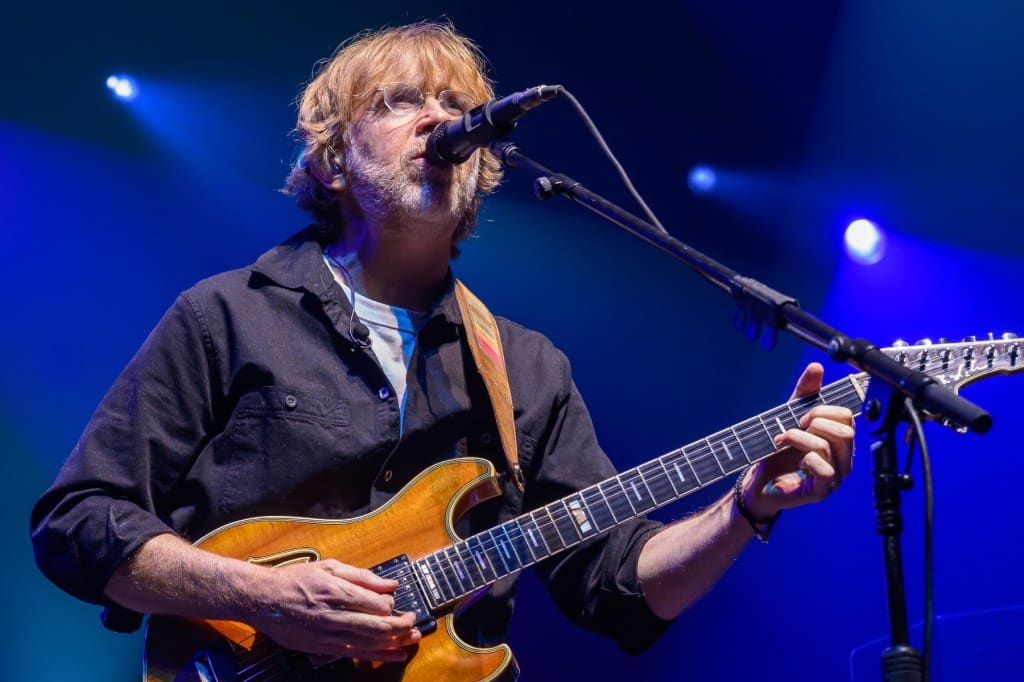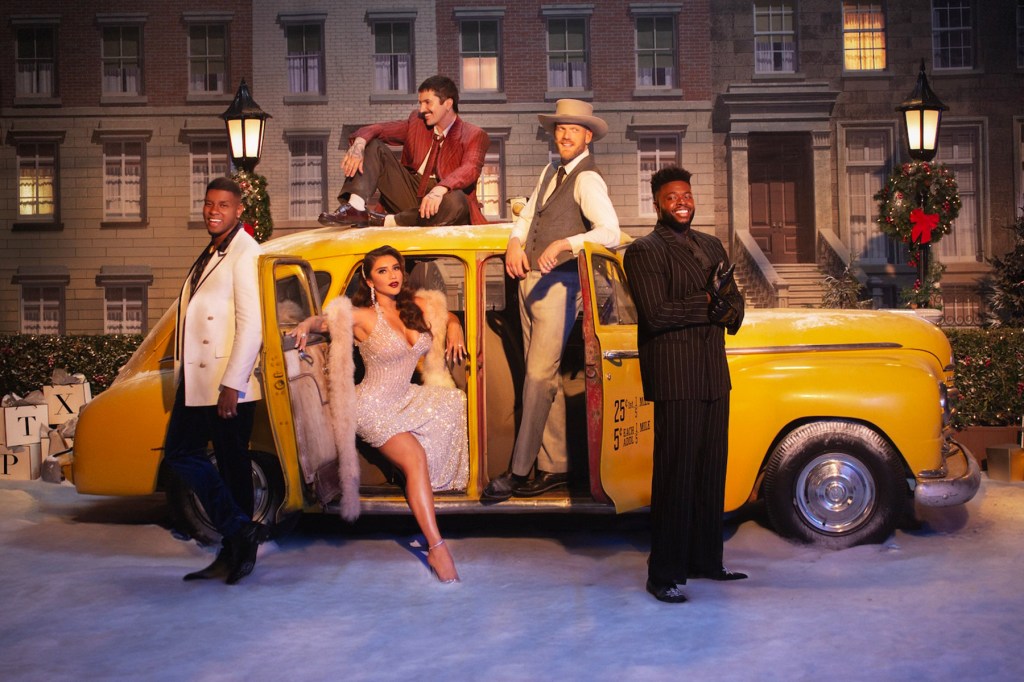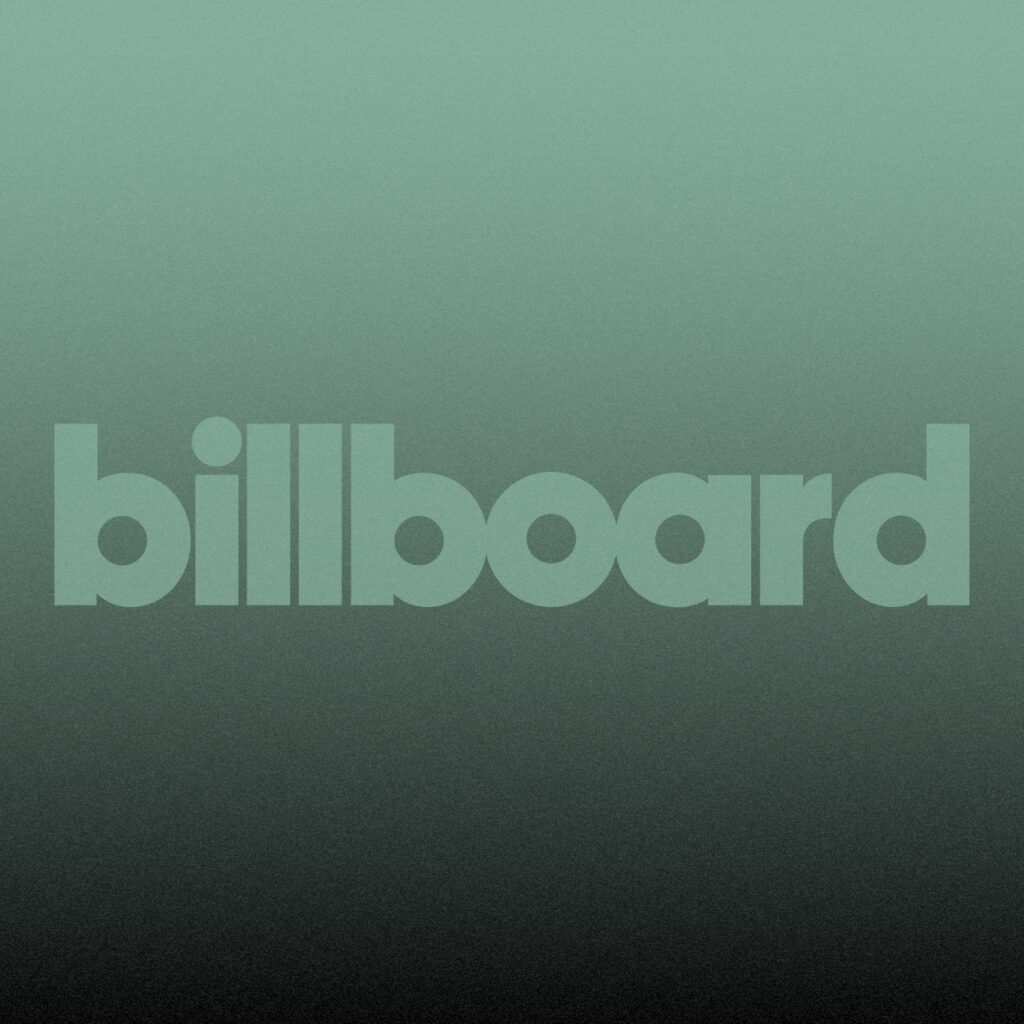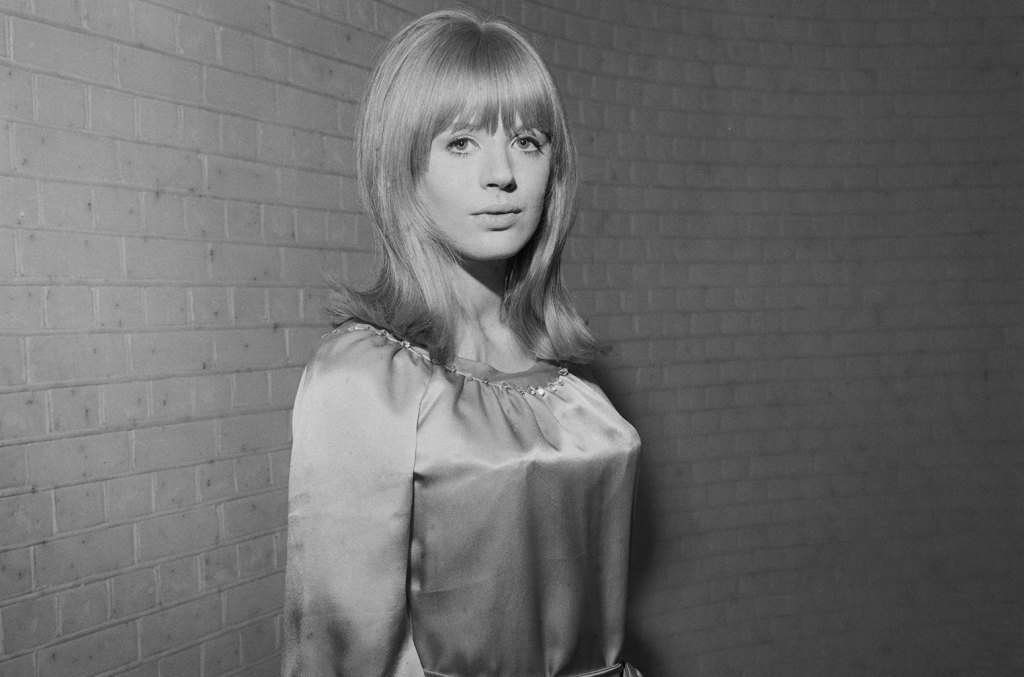Hip-Hop’s Evolution Through Tech: A Brief History of Advancement
Written by djfrosty on February 1, 2025
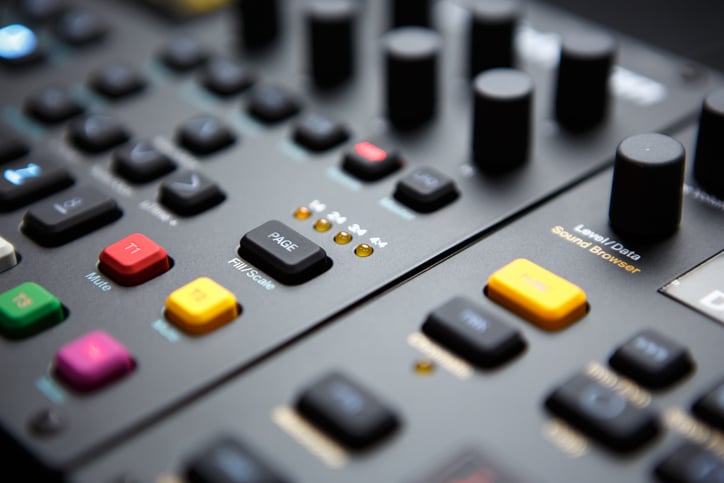
Source: Gennadiy Kravchenko / Getty
Hip-Hop has evolved tremendously in its 50 years of existence. Technology is one of the main factors that help the art form become the beast it is.
The music genre is not just known for the hit records and other big moments that kept us talking throughout its 50-year history; it has also impacted our culture in many ways.
No music genre affects how we think, dress, talk, eat, drink, and socialize like Hip-Hop does. Its impact is felt not only in the United States but also globally.
But to blossom into the billion-dollar behemoth, it is today, Hip-Hop had to undergo an evolution, and technology is one of the main reasons it has become one of the most popular art forms on the planet.
From how we party, consume it, reach out to friends, and conduct business to how it is covered, Hip-Hop’s longtime partnership with technology and the advancements in equipment and devices helped push Hip-Hop forward.
HipHopWired decided to break down the different ways tech has been involved in the music genre and how it helped shape it into what it is today. From advancements in how music is made to how it’s played and how we enjoy it, from the gadgets your favorite rapper convinced us we just had to have to how we get our news and the latest music videos, technology plays a major key (word to DJ Khaled) in all of that.
So hit the gallery below for a brief history of how tech has helped shape and continue influencing Hip-Hop.
1. How Hip-Hop’s Hits Are Made?
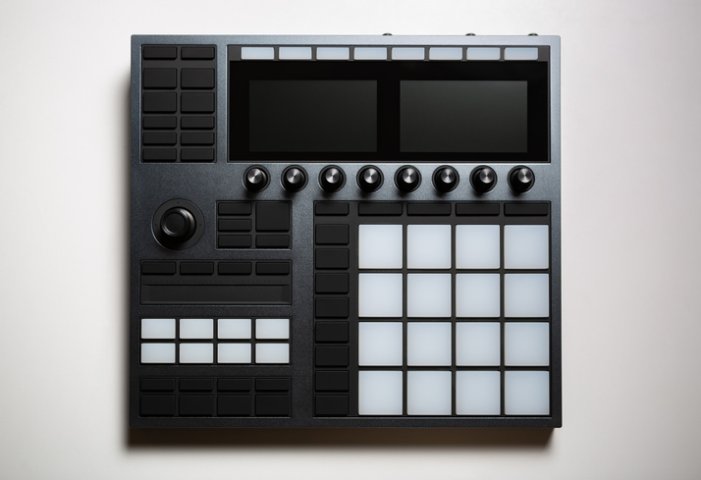
Source:Getty
Crafting infectious hits that stay on repeat has evolved greatly in Hip-Hop’s 50 years of existence.
Before we had drum machines, DJ Kool Herc unknowingly sparked a revolution while spinning records at a house party in 1973 when he added a second turntable to his DJ rig.
How was the significant? In his book, Hip-Hop Production: Inside the Beats, Prince Charles Alexander, professor in the Music Production and Engineering Department, explained what Kool Herc was able to accomplish with that decision.
” “[I]f you had two turntables and a mixer, you could alternate a beat between the two turntables and extend a four-bar musical pattern—you know, that hot break section in the middle of that fly record—you could extend that musical pattern to infinity,” Alexander writes.
You can listen to a recording of Herc’s innovation on the turntables here.
We jump to 1979 and the Sugar Hill Gang showed the world no DJ, no problem. They performed their iconic hit “Rappers Delight” backed by a live band allowing them and the genre to reach bigger audiences the limited DJ experience at the time couldn’t.
By 1981, with the introduction of the drum machine, Hip-Hop fully embraced technology, expanding the reach of the DJ and putting the genre on the path to commercial success. and opening the door for more rappers and producers to get in the game.
The first three machines Linn LM-1, Roland TR-808, and Oberheim DMX paved the way by providing rappers like Grandmaster Flash and The Furious Five with the tool, the DMX to craft an iconic record like “The Message” which Alexander says helped “change the sound of hip-hop—and eventually, modern music in general.”
The evolution didn’t stop there. The introduction of MIDI (Musical Instrument Digital Interface) which is described as a system or a musical language took things further by allowing all the music tech at the time to work together.
The MIDI protocol allows computers, synthesizers, controllers, sound modules, sound cards, samplers, and drum machines from different manufactures to speak with each other. A great example of a record that benefited from MIDI protocol was Salt-N-Pepa’s classic “Push It.”
Finally, we reached the Sampler, which allowed producers to take excerpts from other songs and incorporate them into new compositions. Ice Cube’s 1993 hit record, “It Was A Good Day,” which brilliantly sampled “Footprints in the Dark,” by the Isley Brothers is a great example Sampler being used to perfection.
Later on down the line “super producers” like Kanye West, Just Blaze and others would take sampling to greater heights.
Then there was Fruity Loops, which was a great tool for entry level producers, and hell, put Soulja Boy on the map, who honestly paved the way for other artists to make it big without a machine (record label) behind them.
With technology behind making music continuing to innovate and improve, we can only expect the tools to be even better, especially with the introduction of AI which could open the door for more producers and rappers.
2. How We Consume Music?
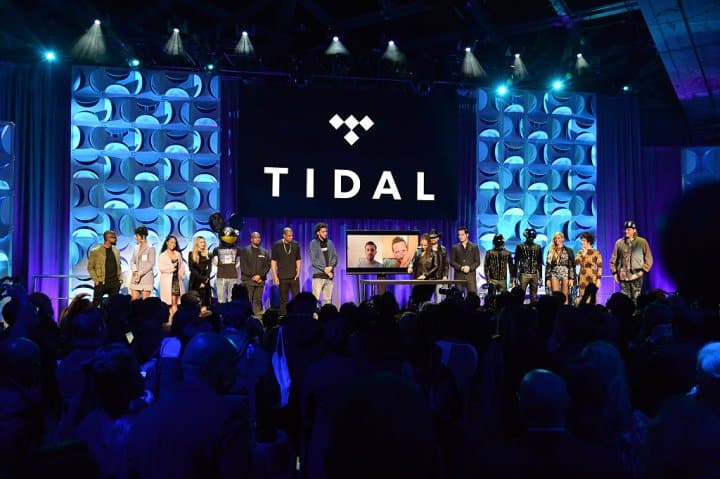
Source:Getty
No genre of music was more innovative in releasing its product than Hip-Hop; debate your aunties on that.
We have come a long way from handing out cassette tapes from car trunks, picking up bootleg CDs on Flatbush Avenue in Brooklyn, and risking our computer’s health while illegally downloading songs off Limewire and Napster.
We are now in the digital age, and Hip-Hop evolved to take advantage of it. To his credit, Mr “First To Do Everything” Soulja Boy definitely was an innovator when he took advantage of the ringtone era, specifically with “Snap music.” Lil Wayne holds the record for most ringtones sold at 5 million with his Tha Carter III banger “Lollipop.”
Ringtones aren’t very common anymore, and if you still use one, you are definitely showing your age. In their place is having your songs played on social media platforms like TikTok or Instagram Reels, which is now helping break new artists in. Whether those artists are good and have staying power is another issue.
Speaking of ringtones, JAY-Z, who was ever so innovative partnered with Samsung to have his album, Magna Carta Holy Grail available to Galaxy S3, S4 and Note II phones owners via an app.
Hova made history with move as the album went platinum out the gate, thanks to Korean tech giant purchasing 1 million copies of the album and preloading it onto an app for Samsung users listening pleasure.
The digital age has also made music streaming huge, and no genre benefits more than hip-hop—services like Spotify, Apple Music, Amazon Music, and Tidal. Speaking of Tidal, JAY-Z led a bunch of artists, including his former homie, Kanye West, Alicia Keys, his wife, Beyonce, and more, to sign onto Tidal, presenting it as an artist-friendly streaming service that would not only supply users with quality sounding music, and experiences but would also ensure artists were getting compensated adequately for their songs being streamed.
We all know how that played out, JAY-Z sold his majority stake in Tidal, and we have no clue what the other artists involved did. However, the platform is still a thing, and streaming is still massive, with artists like Drake, Kendrick Lamar, Nicki Minaj, and Megan Thee Stallion making dominating DSPs.
3. Reaching Out & Securing The Bag
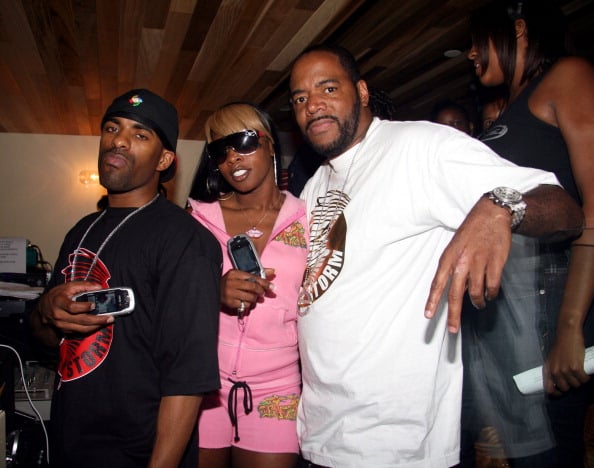
Source:Getty
One area where Hip-Hop always seemed to set the trend was with communication devices. Before everyone walked around with smartphones in their pockets, your favorite rapper had a pager on their hip, plenty of quarters in their pockets, and access to the nearest payphone to reach out to someone or “secure the bag.”
Yes, we know the absolute struggle.
Before Apple and Samsung, Motorola was the king of the cellphone market.
Gordon Gekko (Wall Street) and Zack Morris (Saved By The Bell) showed up with the legendary Motorola DynaTac 8000X, sparking interest in owning a phone you could carry around with you all the time.
Unfortunately, that technology, while groundbreaking, was a bit cumbersome and not all that mobile because, honestly, who’s traveling with that big a** phone? By the 90s, the cellphone shrunk with the arrival of MicroTAC 9800x, the first flip phone on the market.
Your favorite rappers, like NaS, can be seen “using” the phone in his visual for “It Ain’t Hard To Tell” from his classic album Illmatic. The phone also appears in The Notorious B.I.G’s’ video for “Warning” alongside the Motorola Flare.
1996, the Motorola Startac came through and shook the building and was eventually one up by the sleeker Timeport. If you were a baller, you definitely also had the matching Motorola 2-Way Pager as seen in the videos for JAY-Z’s “I Just Wanna Love U (Give It 2 Me)” and Fabolous’ “Young’n (Holla Back)”.
What made the 2-Way Pager even more popular among the Hip-Hop crowd was that songs could easily turned into alerts. One of the greatest 2-Way pager alerts definitely belongs to Cadillac Tah for his banger “POV City Anthem.”
Eventually, Motorola got sidelined for Nextel and their phones, which featured a popular chirping feature allowing you to contact people via a walkie-talkie instead of wasting those precious phone minutes.
Nextel wasn’t the only phone service provider to use a walkie-talkie feature. Boost Mobile arrived on the scene with a variation of the technology and took full advantage of the popularity among the Hip-Hop community with its “Where You At” ad campaign, recruiting rappers The Game, Ludacris, and Kanye West for an epic commercial featuring the trio of Hip-Hop stars spitting over West-produced beat.
Eventually, a device called the Sidekick from Danger Research Inc., founded by three former Apple employees, was exclusively sold through T-Mobile, came through, and completely dominated the space.
The device introduced the idea of mobile internet to the world, allowing people to connect to AIM (AOL Instant Messanger) and T-Mail. The device made plenty of appearances attached to the hips of your favorite MCs, but its most prominent appearance had to be in JAY-Z’s “Excuse Me Miss” video.
Eventually, Sidekick’s dominance ended, and the Blackberry, once just a tool for Wall Street regulars, businessmen, and women, became popular in the culture. This was precisely because BBM Messenger was introduced before the iPhone ate Blackberry’s lunch and made it obsolete.
4. Covering The Culture
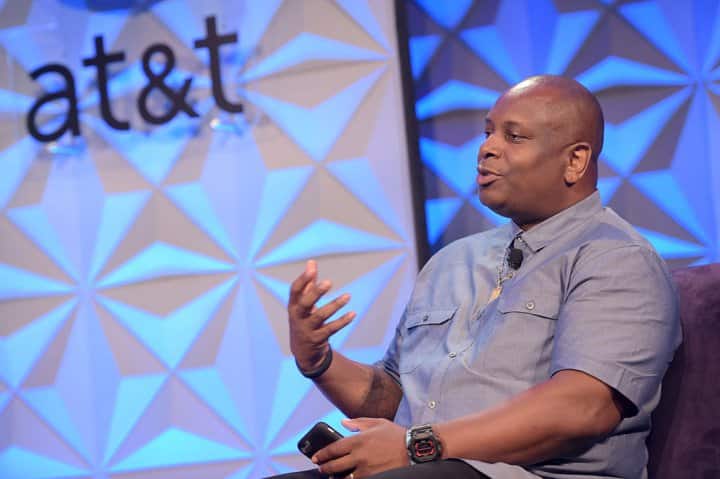
Source:Getty
The way Hip-Hop is covered has also drastically changed over the years. Initially, Ralph McDaniels was our ears to the streets, keeping us up to speed on what was happening in the culture through his iconic show Video Music Box.
MTV eventually came around with YO MTV Raps!, which initially only aired on MTV Europe from 1987 to the mid-90s and MTV US from August 1988 to August 1995.
Fab 5 Freddy was the original host before Dr.Dre and Ed Lover took over on weekdays, with Fab 5 Freddy holding down hosting duties on the weekends.
BET would have its own Hip-Hop-orientated shows with Rap City hosted by Big Tigger, which is blessed with some classic freestyles and BET Uncut.
Then came the internet and the “Blog Era,” with websites like Missinfo.TV, RapRadar, UHeardTheNew, Hip Hop Since 1987, 2DopeBoyz, NahRight, AllHipHop, HipHopDX, and more kept us up to date with all that’s going on in the world of Hip-Hop daily because no longer were reporters just confined to a desk, they could report on events, concerts and other shenanigans on the spot if the situation called for it.
But that has all changed again. While websites like ours are still alive and kicking, Podcasts and now Twitch streams have taken over.
The late Combat Jack, born Reggie Ossé, was the pioneer and widely considered to be Hip-Hop’s flagship podcaster with the Combat Jack Show. Other shows like the Joe Budden Podcast, Rap Radar, Drink Champs, Juan EP Is Life, and more fill the void left by Combat Jack’s passing.
Also, technology now allows anyone to turn their smartphones into podcast recording devices, so a studio isn’t even necessary. All you need are microphones and plastic cups to pour whatever you and your guest are going to be sipping during your conversation about the latest song, rap beef, or other Hip-Hop-related news.
Finally, streamers are also getting into the game thanks to platforms like Twitch and other networks that will rename nameless. Currently, Kai Cenat’s Twitch stream is becoming the go-to spot for your favorite Hip-Hop acts, or if you want some “insight” on the latest shenanigans, DJ Akademiks is also popular, unfortunately.
The game is changing, whether the old heads like it or not, so it’s time to adapt or get left behind.

 State Champ Radio
State Champ Radio 